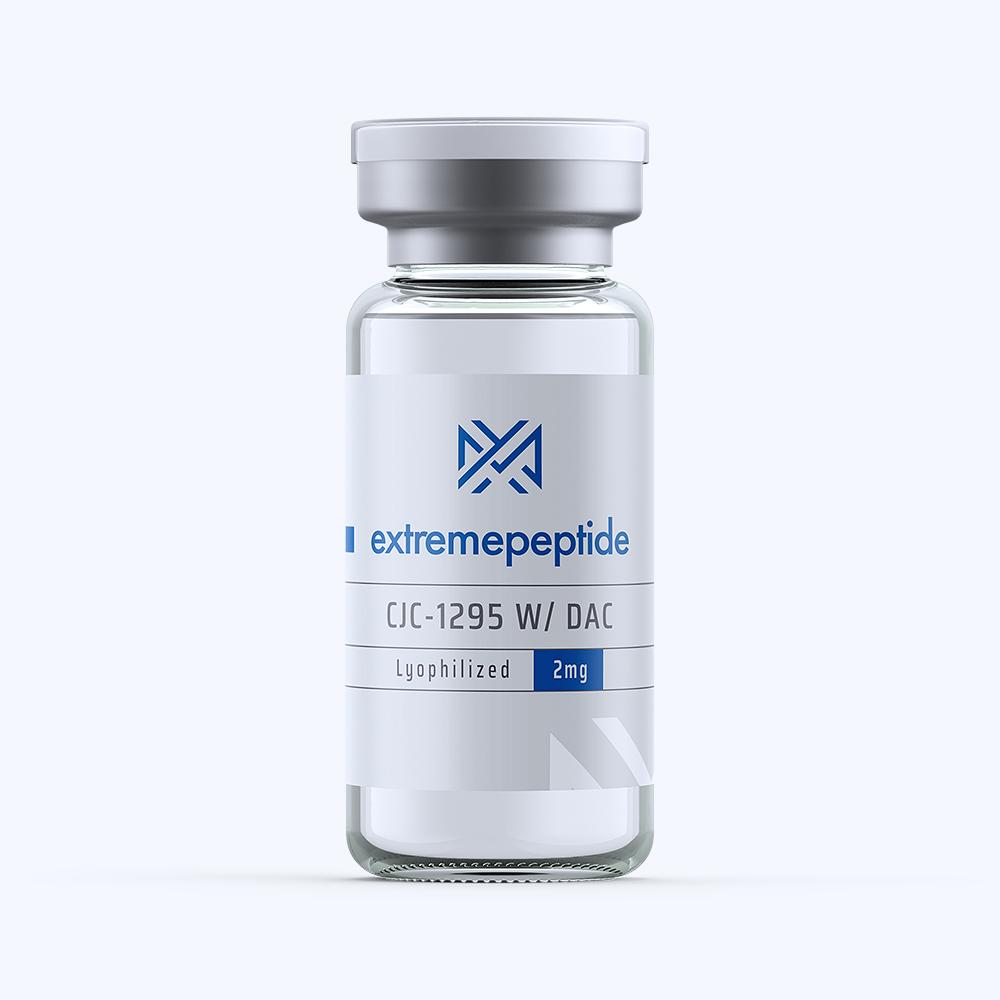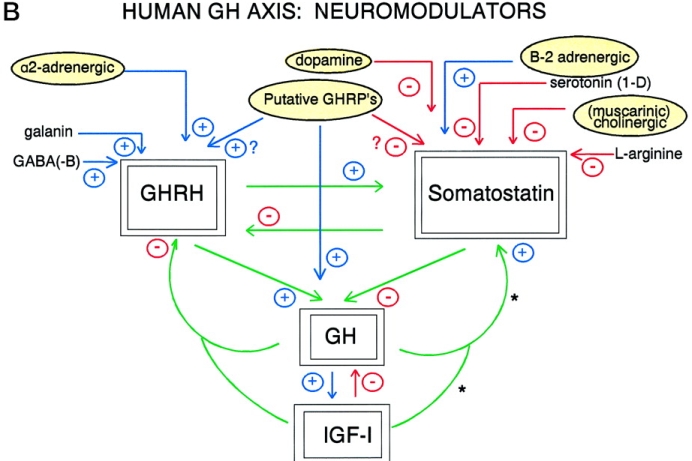(Click here to read our disclaimer)
 The natural occurring base of CJC 1295 was discovered in different parts of plants species in 1995 including leaves, stems and seeds. The original purpose of this biological CJC 1295 production is still unknown but there are suggestions that it protected plants during evolution against harsh environments. Researchers have been able to link this chemical to regulation of diminished root growth and higher above ground growth.
The natural occurring base of CJC 1295 was discovered in different parts of plants species in 1995 including leaves, stems and seeds. The original purpose of this biological CJC 1295 production is still unknown but there are suggestions that it protected plants during evolution against harsh environments. Researchers have been able to link this chemical to regulation of diminished root growth and higher above ground growth.
High Concentration of GHRH
In 2001, at the Department of Cellular and Structural Biology at the University of Texas, researchers discovered high concentrations of GHRH in two species of wild cherries.This was one of the early observational research projects to determine what effect GHRH played in plant growth at a cellular level.
The report suggested that the high levels were part of the photoperiodism that dictated and directed plant growth and bearing of fruit. These high levels were not observed during non-fruit bearing periods.
Biologists are especially excited about the potential of this discovery. These scientists hope that further and targeted research may lead to a method of controlling plant and vegetation growth that will enable increased ability to feed more people worldwide. The levels of GHRH vary widely from species to species as well as from each part of the same plant. Levels can be as small as pictograms to as large as micrograms within any given organism.
Precise Methodology
If scientists are able to distinguish the precise methodology used by various plants to increase production during particular periods and the environmental triggers can be replicated, there is potential that farmers will be able to produce greater quantities of food in smaller spaces. In addition, there is the possibility that vegetables and fruits may be able to be grown out of their normal season, making a substantially larger selection of food products available to the public.
In addition to identifying GHRH in plants, it has also been detected in bacteria and fungi. Few studies have begun and none yet concluded on the manner in which GHRH works in unicell and dinoflagellates. However, two observations of dinoflagellate Lingulodinium displayed affects that increased expanded lifecycles and reduced environmental stress on the invertebrates.
Implications of the Findings
This finding has implications in ecophysiology and in pharmacological advancement. In vertebrate and plant organisms, the action of GHRH appears to be incorporated in the circadian rhythms whereas in unicell and dinoflagellates there is no detection of this synthesis.
CJC 1295 with DAC is time released in a continuous stream instead of in short bursts as its counterpart, CJC 1295 NO DAC does. DAC stands for drug affinity complex, which is designed to increase the half-live effects of GHRH. Research on the effects of CJC 1295 with DAC is in the beginning stages and what few studies include stage one reports are thus far inconclusive.
Click here to view the homepage of our store.
Click here to view our entire PDF research library
Click here to view or download this article in PDF format


 The natural occurring base of
The natural occurring base of